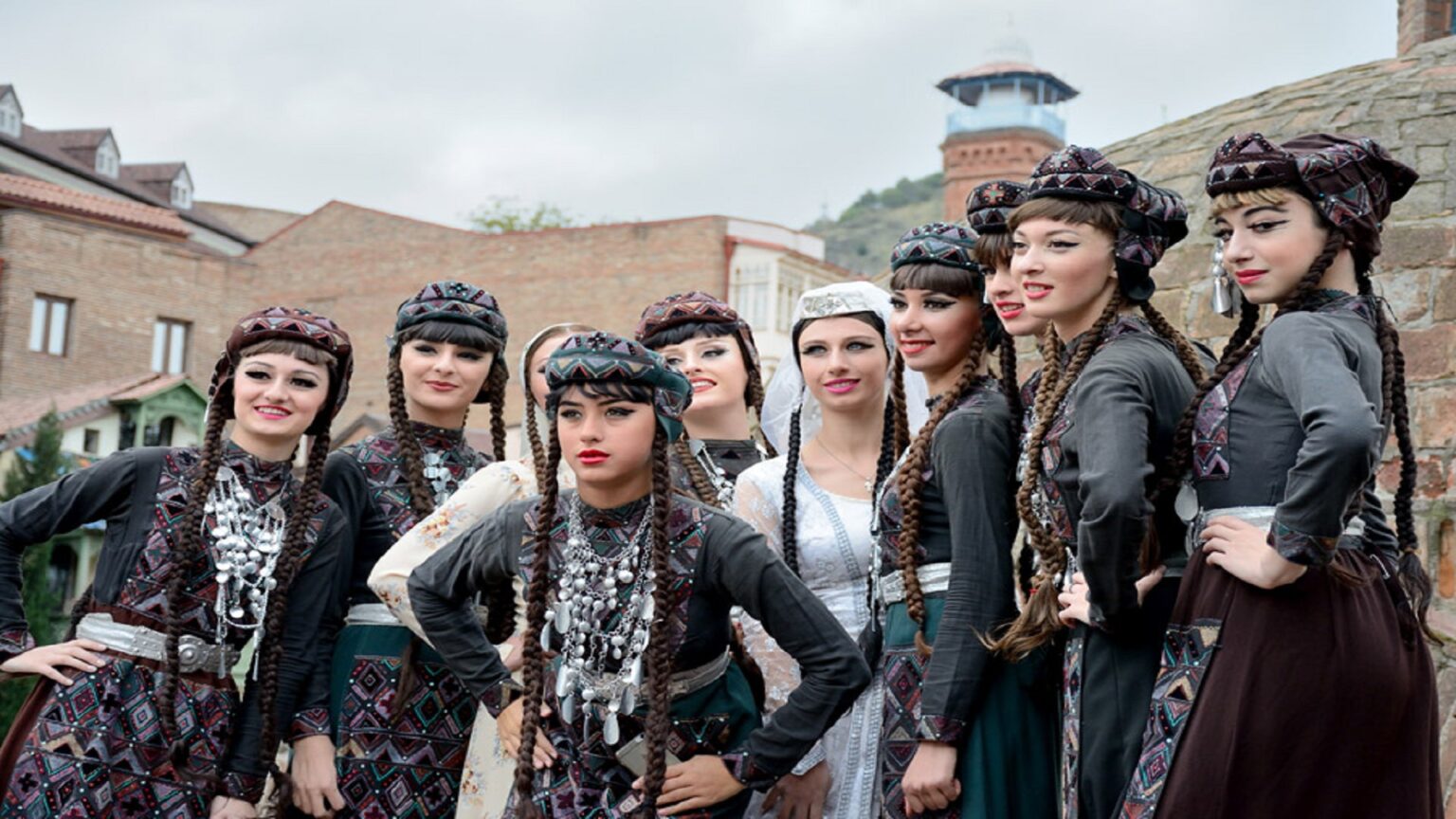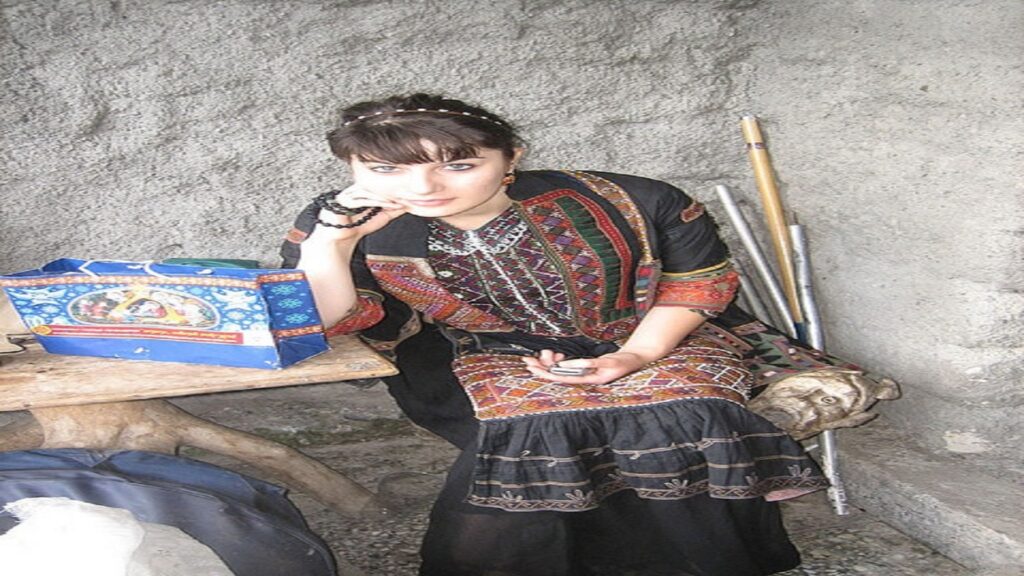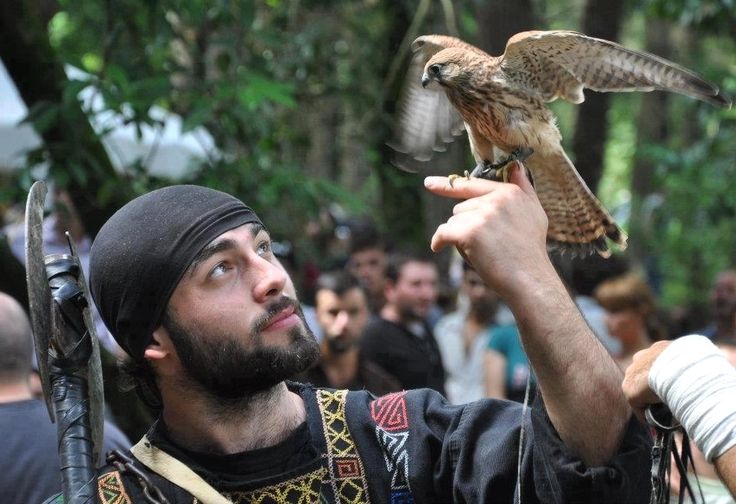Mythologies of the Kartvelian Tribes
Kartvelian languages, family of languages including Georgian, Svan, Mingrelian, and Laz that are spoken south of the chief range of the Caucasus. A brief treatment of Kartvelian languages follows. For full treatment, see Caucasian languages. Of the Kartvelian language family, only Georgian, the official language of Georgia, has an ancient literary tradition. Georgian dates to the 5th century AD. The Georgian written form is also used by speakers of the other languages, which are nonliterate. Some scholars consider Mingrelian and Laz to be dialects of a single language rather than independent languages. The linguistic characteristics of South Caucasian languages indicate descent from a common protolanguage. The phonology of Kartvelian languages is fairly uniform, though Svan has several distinctive vowels. Other grammatical characteristics—including the systems of word inflection, derivation, and syntax, as well as a common vocabulary—also exhibit a great correspondence. From these common features, linguists have postulated a Proto-Kartvelian language with certain features that are strikingly parallel to Indo-European. They have further concluded that Svan, which retains a number of archaic structural features, was separated from the other three languages at a fairly early stage in their development.
Movies























Comments
Post a Comment